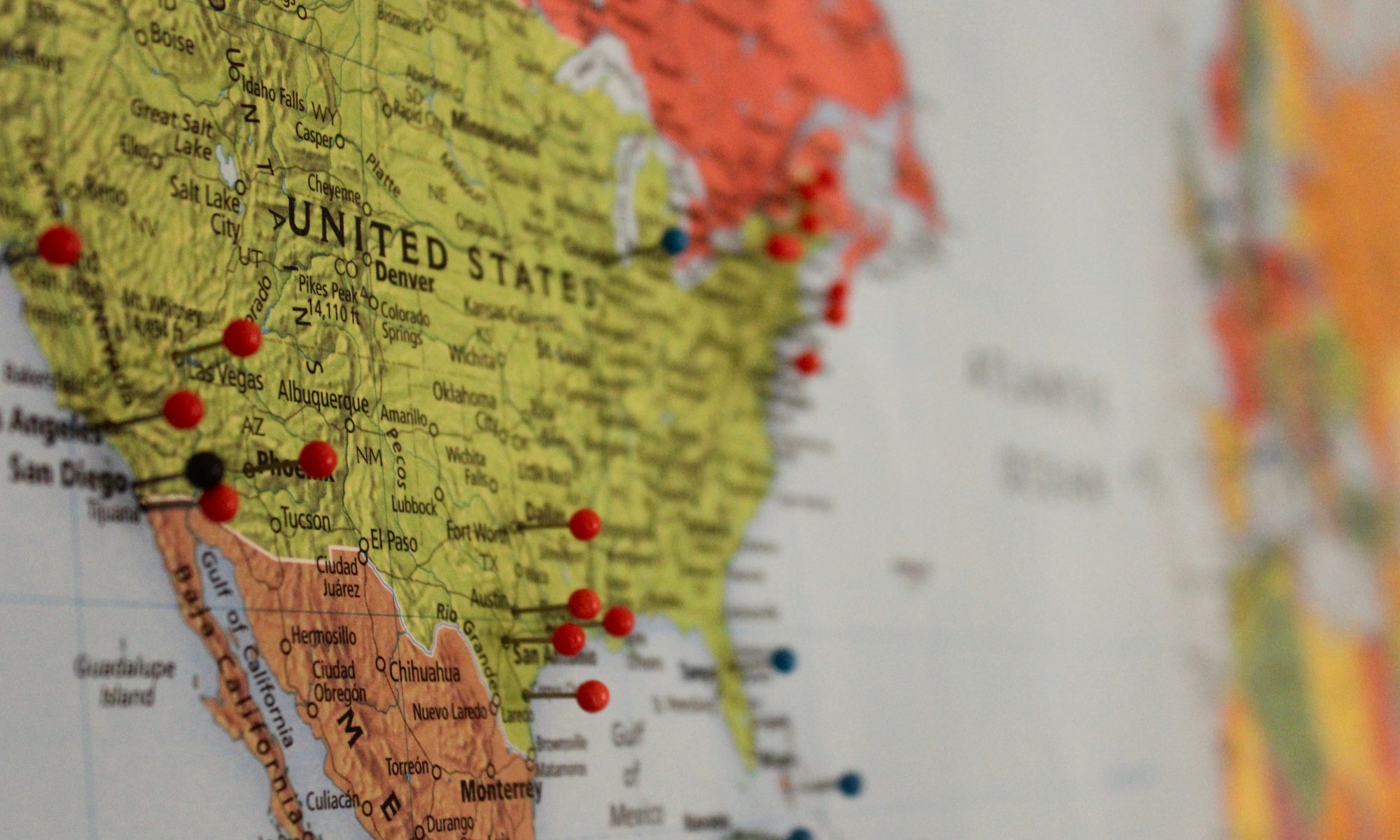If you pay them, they will come.
According to Global Workplace Analytics, there are 5 million remote workers in the U.S., which makes up 3.6% of the workforce. Moreover, remote work has grown 173% since 2005, some 11% faster than the rest of the workforce and nearly 47 times faster than the self-employed population. This is before the COVID-19 pandemic took effect. At the same time, there are 44.7 million borrowers with a total student loan debt of $1.64 trillion, far in excess of total credit card debt and auto loans. Community leaders at the forefront of attracting talent are taking note. They’re offering incentives to attract and retain skilled workers as part of their economic and workforce development efforts.
Local and state programs that pay people to move include:
Vermont Remote Worker Grant Program
Starting in 2019, Vermont’s Remote Worker Grant Program offered $10,000 over two years to eligible, out-of-state remote workers who are willing to relocate to the “Green Mountain State.” Civic leaders recognized the state’s population is aging faster than the rest of the U.S. (Vermont has the third highest median age at 42.7 years, compared to the national average of 37.8 years). Each qualifying new resident receives $5,000 a year, which can be put towards their actual relocation costs or employment-related expenses (computers software/hardware, broadband access/upgrade, membership in a co-working or similar work space).
The Vermont Legislature allocated $500,000 in grant funding, which was completely disbursed to program recipients by year’s end. Applications are not being accepted for 2020, while the Agency of Commerce and Community Development (ACCD) and Legislature take a step back to evaluate the effectiveness of the program. Stay tuned for updates.
Tulsa Remote
Another standout in the movement to attract remote workers is Tulsa Remote. Launched in November 2018 by the George Kaiser Family Foundation, the program is looking for 250 additional remote workers this year. Approved applicants receive $10,000 that is split between relocation expenses and a monthly stipend, with the remainder paid at the end of the first year. Participants also receive a one-year membership at a local co-working space, assistance with securing suitable housing, and community-building opportunities. Tulsa’s exceptionally low cost of living, short commutes, and affordable housing are major assets and offer a competitive advantage in comparison to other major cities.
Live Detroit
Several years ago, Live Detroit offered new residents up to $20,000 in the form of a forgivable loan that would go towards purchasing their primary residence. Eligible applicants needed to locate in Downtown Detroit or one of several neighborhoods in the central business district. They were also required to work for a specific company. The program ended in 2016, but the Downtown Detroit Partnership recently announced it is working on the next iteration of programming and expects to launch a revamped initiative in 2020.
Choose Topeka Talent Initiative
Approved in December 2019, the Choose Topeka Talent Initiative provides up to $15,000 for prospective home buyers and $10,000 for renters signing a one-year lease for relocating to their community. “Choose Topeka was created with the intention of investing in employees to live and work in Topeka and Shawnee County, so that we may foster an ‘intentional community,’ one of community support builders,” writes the Greater Topeka Partnership. Choose Topeka matches employer funds for people who are willing to live and work in the state capital. The financial rewards are sweetened with gift cards to local restaurants and attractions, discount memberships to gyms, and other incentives.
Kansas Rural Opportunity Zones
You can choose to live in one of 77 Kansas Rural Opportunity Zones that offer the following incentives to new residents: (1) Kansas state income tax waivers for up to five years (sunsets in 2021); and (2) Student loan repayments up to $15,000 over 5 years.
Opportunity Maine Tax Credit
Relocate to Maine and the State will reimburse your student loan payments through the Opportunity Maine Tax Credit. Out-of-state workers must have earned their bachelors or associates degrees after 2015 in order to qualify for this benefit, which points to a target audience of young workers. Existing residents who earned a degree after 2007 and before 2016 from a Maine school also qualify for the tax credit. Generally speaking, workers are able to deduct the total amount of money they paid in student loans for the year from their state income tax bill.
Newton Housing Initiative
For single-family homes built in 2020 and 2021 (valued at $180,000+), the City of Newton Housing Initiative provides a $10,000 cash incentive and “Get to Know Newton” Welcome Package. Homes valued between $100,000 – $180,000 qualify for a $5,000 cash incentive.
Downtown Housing Incentive Program
The City of Niagara Falls Downtown Housing Incentive Program is willing to help qualified applicants pay their student loans — up to $6,984 over a period of two years. Applicants must be willing to live in the Downtown Niagara Falls target area, which is in walking distance of Niagara Falls State Park and the Niagara Gorge.
Come Home Award
In Michigan, the Community Foundation of St. Clair sponsors the Come Home Award program. The Foundation seeks to reverse the region’s talent drain by offering recent Science, Technology, Engineering, Arts, Math (STEAM) graduates up to $15,000 to help pay off remaining student debt. Approved applicants are required to secure a job or create their own business within 120 days of receiving the award.
WORKNP.com
North Platte, Nebraska offers local employers up to $5,000 in matching funds to recruit new talent. Qualifying worker incentives for WORKNP.com include relocation expenses, down payments or deposits, equipment purchases, help with student loan repayment, specialized training certificates, and other expenses.
Fueling the relocation competition are labor force statistics and general demographic trends. People are flocking to the Sunbelt — most notably in states like Arizona, Florida, and Texas — and locating in cities like Phoenix, Miami, and Dallas. They’re moving from the Northeast and Midwest in search of affordable housing and better job opportunities. This is consistent with the decades-long domestic migration pattern in the U.S., where moves to and from the South and West dominate. Hence, the advent of economic incentives in low-growth areas to enhance the availability of skilled workers, the site selector’s most important location criteria.
Editor’s Note: The U.S. Census Bureau provides data products on domestic migration at the state, regional, and county level. For more information, click on: America Counts.
###

